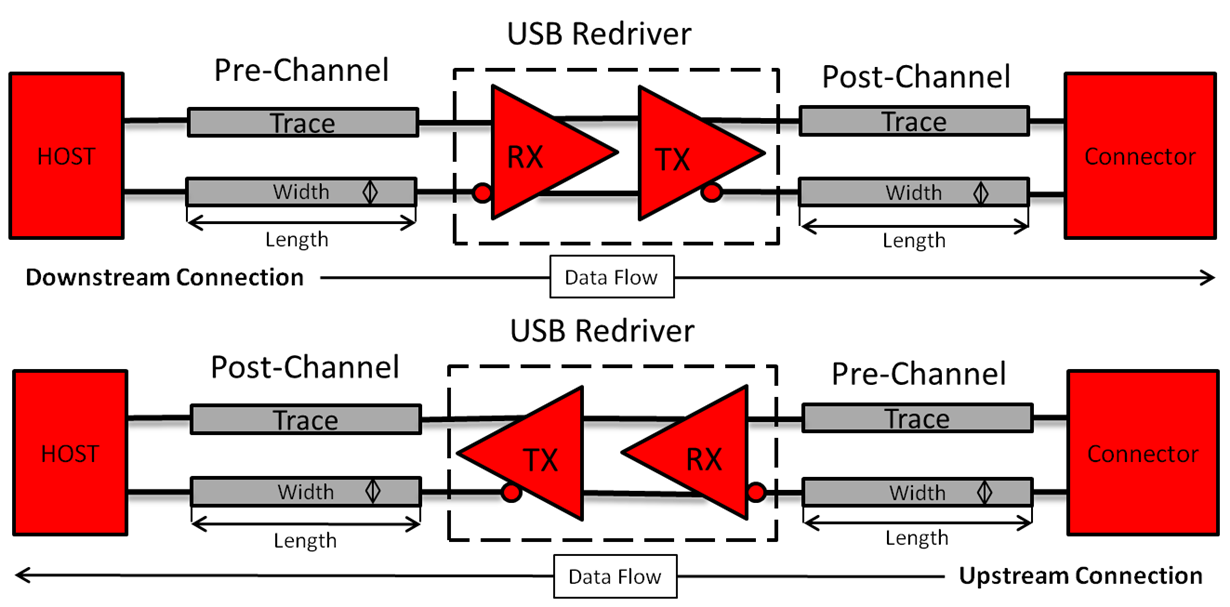I am implementing a USB 3.x signal redriver to help with signal integrity issues. I understand that a redriver provides equalization to the signal path but what losses are affected by this equalization?
-
Ask a related question
What is a related question?A related question is a question created from another question. When the related question is created, it will be automatically linked to the original question.


